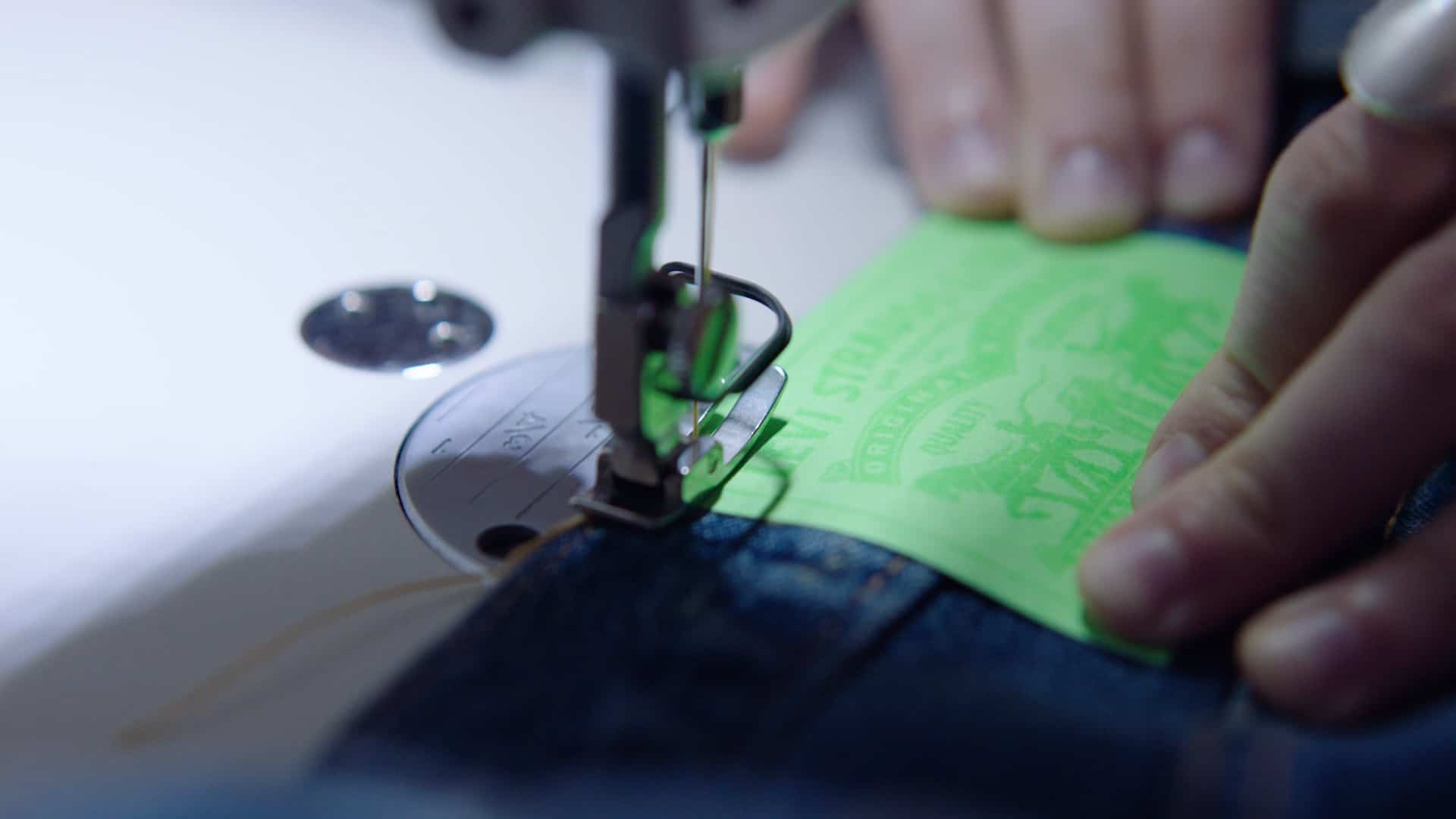LEVI STRAUSS IMPLEMENTS NEW GLOBAL WATER ACTION STRATEGY

Levi Strauss & Co. (LS&Co.) has announced a new water action strategy that represents an evolution in thinking around water use in a global supply chain, particularly in areas already facing water stress, and a new way to define successful water stewardship in manufacturing. It leverages the latest water science and data, consultations with leading water experts, and the company’s own water management experience and leadership over the past three decades to set a new standard for the company and the industry.
Recognizing that saving a liter of water where it is plentiful, while important, is not as critical as saving a liter where water is scarce, LS&Co. will shift from a singular “one-size-fits-all” approach to a more responsive, contextual approach to water management. This will allow LS&Co. to focus reduction efforts where they are needed most, with a goal of reducing its cumulative water use for manufacturing by 50 percent in water-stressed areas by 2025. Furthermore, the strategy is designed to increase access to clean, safe drinking water for communities in sourcing locations – and to drive collective action that delivers lasting change for surrounding communities and watersheds as well.
“We all know that water is perhaps the most critical resource on the planet and that many places, including countries the apparel industry sources from, are struggling with water crises,” said Liz O’Neill, executive vice president and president of LS&Co.’s global product, innovation, and supply chain. “This announcement is an illustration of what sustainability means to us now: innovative, responsive, scalable programs that drive impact and inspire collective action to address the most pressing social and environmental issues facing our business, industry, and planet.”
This first-of-its-kind approach builds on work done in the years since the 2011 launch of LS&Co.’s open-source Water<Less program, which significantly reduces the amount of water used in the finishing process. Water<Less technologies were groundbreaking for their time and helped the company save 3 billion liters of water in the finishing phase through 2018, while recycling and reuse capabilities helped save another 2 billion liters.

But Water<Less addressed only one phase of LS&Co.’s product lifecycle and made no distinctions based on geography. To make a broader and deeper impact, LS&Co. has developed a more evolved strategy that also addresses areas outside its direct control (akin to what the company did last year when it released its science-based targets on climate change). Data-driven and outcome-oriented, the new approach will heighten both the sustainability and resiliency of the company’s supply chain, while extending that resiliency to the watersheds and communities that support it.
Core elements of the new strategy include the company working with key suppliers that represent 80 percent of total product volume to set and achieve specific water use targets for factories where Levi’s, Dockers, Signature by Levi Strauss & Co., and Denizen products are made or finished. The targets will be based on the water context at the local level; facilities located in more highly-stressed countries will have more stringent target levels than facilities in countries facing less water stress (although LS&Co. will continue to practice and improve sustainable water strategies in lower-stress areas).
LS&Co. will continue to reduce the amount of water required for cotton cultivation by collaborating with organizations like the Better Cotton Initiative to implement better farming methods, while simultaneously continuing to explore the use of alternative raw materials such as hemp and regenerated fibers that can reduce the amount of water used in the cultivation phase.
LS&Co. will also continue its work on chemicals, which includes not only the Zero Discharge of Hazardous Chemicals commitment for 2020 but also its own open-source Screened Chemistry protocols, which prevent hazardous chemicals from entering the apparel supply chain. Water pollution contributes to water stress, so ensuring that the water that gets put back into the environment is clean and safe is as important as addressing water consumption at earlier stages.

“For years WWF and Levi Strauss & Co. have worked together to improve decision making in priority basins, targeting the right actions to the right places for maximum impact. Levi’s’ new water strategy continues that ambition, moving the company beyond efficiency targets toward holistic watershed conservation,” added Sheila Bonini, World Wildlife Fund’s senior vice president of private sector engagement. “Levi Strauss & Co. is answering an urgent call for companies to embrace water stewardship – not just for business interests, but to protect water resources for everyone.”
In areas of high-water stress, many suppliers are already making significant capital expenditures (at times with PaCT funding) to install water-efficient machinery and recycle water, recognizing it as a necessary investment for their business. LS&Co. wants to support and advance these efforts because building resilience to water stress is ultimately far less costly than responding to shortages, and because water efficiency has the potential to reduce costs.
When suppliers use less water, they use less energy, and save money on both. LS&Co.’s Water<Less techniques have saved up to five cents per unit and millions of dollars globally for some suppliers, and the PaCT approach helped four suppliers that participated in a pilot program cut collective costs by more than $1 million and reduce their carbon footprint by nearly 20 percent by becoming more efficient with water and energy use. (LS&Co. recently announced that it was expanding the PaCT work to its 42 top suppliers).
“We believe this is the future for our company and our industry when it comes to managing water use and conserving water,” commented Michael Kobori, VP of Sustainability at LS&Co. “Given the water context in many countries, we have to act quickly and wisely. We feel this strategy does both, while delivering benefits to numerous stakeholders in our business and in supply chain communities around the world.”



